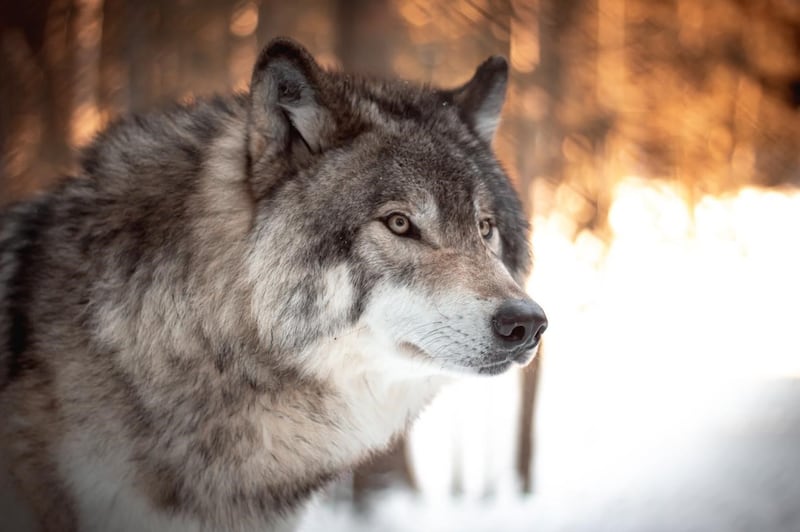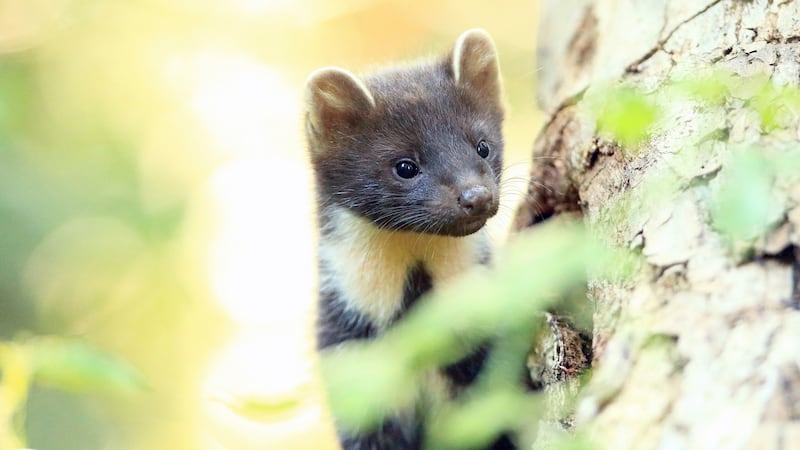Restoring native predator mammal populations, including reintroducing the lynx to Europe and even Ireland, could help to keep in check the most problematic invasive species around the world, according to a study led by Queen’s University Belfast and Cornell University in the US.
“In a modern world that is daunted by environmental crisis and ecological collapse, it is more important than ever to realise the potential of restoring native predators to ecosystems from which they have been previously lost,” said lead author Dr Joshua Twining from QUB School of Biological Sciences and the Department of Natural Resources at Cornell.
This applies globally, “but is especially applicable in Britain and Ireland where we have persecuted all our large-bodied predators into extinction with no natural means of recovery”, he said.
The study shows how reintroducing the native lynx could help to manage one of the most damaging invasive species in Europe, the sika deer.
Sika deer are considered a pest as they graze on crops and “ring” trees, stripping the bark from the base, causing them to die. They are also thought to contribute to spread of diseases such as bovine and avian TB. “The new research provides strong evidence that the lynx could impact sika deer populations in Britain and Ireland,” Dr Twining said.
The original Celtic tiger, the Eurasian lynx, was a large cat that roamed Ireland some 1,300 years ago and is believed to have fed on abundant supply of mountain hares and red deer.
The study shows how lynx and wolf recovery in Europe “could limit raccoon dogs below the threshold for rabies persistence, which remains a huge threat to human and animal health”.

The research team involved have previously shown how recovery of the native pine marten in Ireland and the UK has resulted in large-scale declines of the invasive grey squirrel. Building on this, the team has now evaluated native predator reintroduction and restoration “as a viable nature-based solution to the invasive species crisis”.
Threat to biodiversity
Their latest analysis indicates the range of the pine marten has increased in Ireland by 205 per cent from 2007 to 2019, while concurrently red squirrel range increased 52 per cent and grey squirrel range fell 41 per cent.

Invasive species are one of the greatest threats to biodiversity and the main cause for the extinction of vertebrates in the past century, with an estimated cost of at least $162 billion a year. Decline of these species distinguished by having a backbone or spinal column – including mammals, birds, reptiles, amphibians and fishes – has continued to accelerate.
Native predator populations have been depleted globally, despite being essential for the functioning of the ecosystem and biodiversity, the study notes ‑ absence of native predators facilitates spread of invasive species leading to the extinction of native species.
The research, published on June 16th in Global Change Biology, found that restoring native predators could provide a solution to a variety of the most damaging invasive species globally.
“The evolutionary naivety of invasive species to native predators, coupled with a lack of spatial refuges from predation, could underpin the abilities of native predators to provide effective control of certain established invasive species,” it concludes.
The research examines how the predator Florida panther, one of the first species added to the US endangered species list in 1973, could contribute to control of invasive feral pigs, which cause damage to ecosystems, wreck crops and hunt animals such as birds and amphibians to near-extinction.
Dr Twining added: “Our work demonstrates the plausibility of a nature-based approach to the control of certain invasive species around the world. Native predator restoration can provide effective solutions to some of the most damaging of invasive species and thus buffer our natural systems against some of the worst of human impacts.”
Researchers from the University of Aberdeen and NUI Galway contributed to the study.





